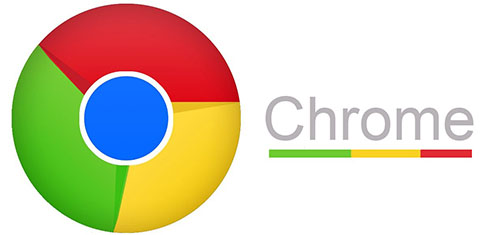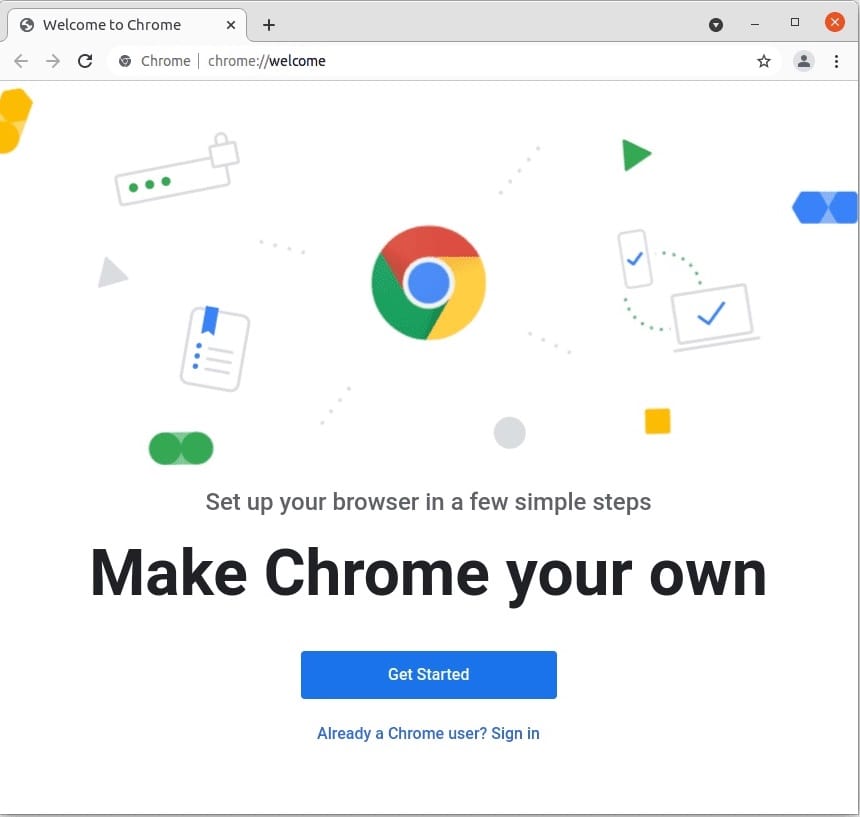How To Install Google Chrome on CentOS 9 Stream

In this tutorial, we will show you how to install Google Chrome on CentOS 9 Stream. For those of you who didn’t know, Google Chrome is the world’s most popular web browser. It is fast, secure, and full of features to give you the best browsing experience. Chrome is available for all major operating systems and hardware platforms and allows you to synchronize your bookmarks, history, and passwords on all your devices. If you’re a CentOS 9 Stream user seeking to enhance your browsing experience, installing Google Chrome is a wise decision.
This article assumes you have at least basic knowledge of Linux, know how to use the shell, and most importantly, you host your site on your own VPS. The installation is quite simple and assumes you are running in the root account, if not you may need to add ‘sudo‘ to the commands to get root privileges. I will show you the step-by-step installation of the Google Chrome browser on CentOS 9 Stream.
Prerequisites
- A server running one of the following operating systems: CentOS 9 Stream.
- It’s recommended that you use a fresh OS install to prevent any potential issues.
- SSH access to the server (or just open Terminal if you’re on a desktop).
- A
non-root sudo useror access to theroot user. We recommend acting as anon-root sudo user, however, as you can harm your system if you’re not careful when acting as the root.
Install Google Chrome on CentOS 9 Stream
Step 1. Before diving into the installation process, it’s essential to ensure that your CentOS 9 Stream system meets the necessary requirements. Google Chrome is compatible with various Linux distributions, including CentOS 9 Stream. However, it’s recommended to keep your system up-to-date by running the following command:
sudo dnf clean all sudo dnf update
Step 2. Installing Google Chrome web browser on CentOS 9 Stream.
By default, Google Chrome is available on the CentOS 9 Stream base repository. Let’s download the Google Chrome .rpm installer from the official page using the following command below:
wget https://dl.google.com/linux/direct/google-chrome-stable_current_x86_64.rpm
After the Google Chrome RPM binary was downloaded, now you can install the RPM package using the dnf package manager:
sudo dnf install ./google-chrome-stable_current_x86_64.rpm
This command will prompt you to confirm the installation. Type ‘y‘ and press Enter to proceed. The installation process will commence, and Google Chrome will be installed on your CentOS 9 Stream system.
Verify the build and version of Chrome:
google-chrome --version
Step 4. Accessing Google Chrome on CentOS 9 Stream.
Once successfully installed, run the following path on your desktop to open the path: Activities -> Show Applications -> Google Chrome or launching it through the terminal with the command shown below:
google-chrome

Congratulations! You have successfully installed Chrome. Thanks for using this tutorial to install the Google Chrome web browser on CentOS 9 Stream. For additional help or useful information, we recommend you check the official Chrome website.